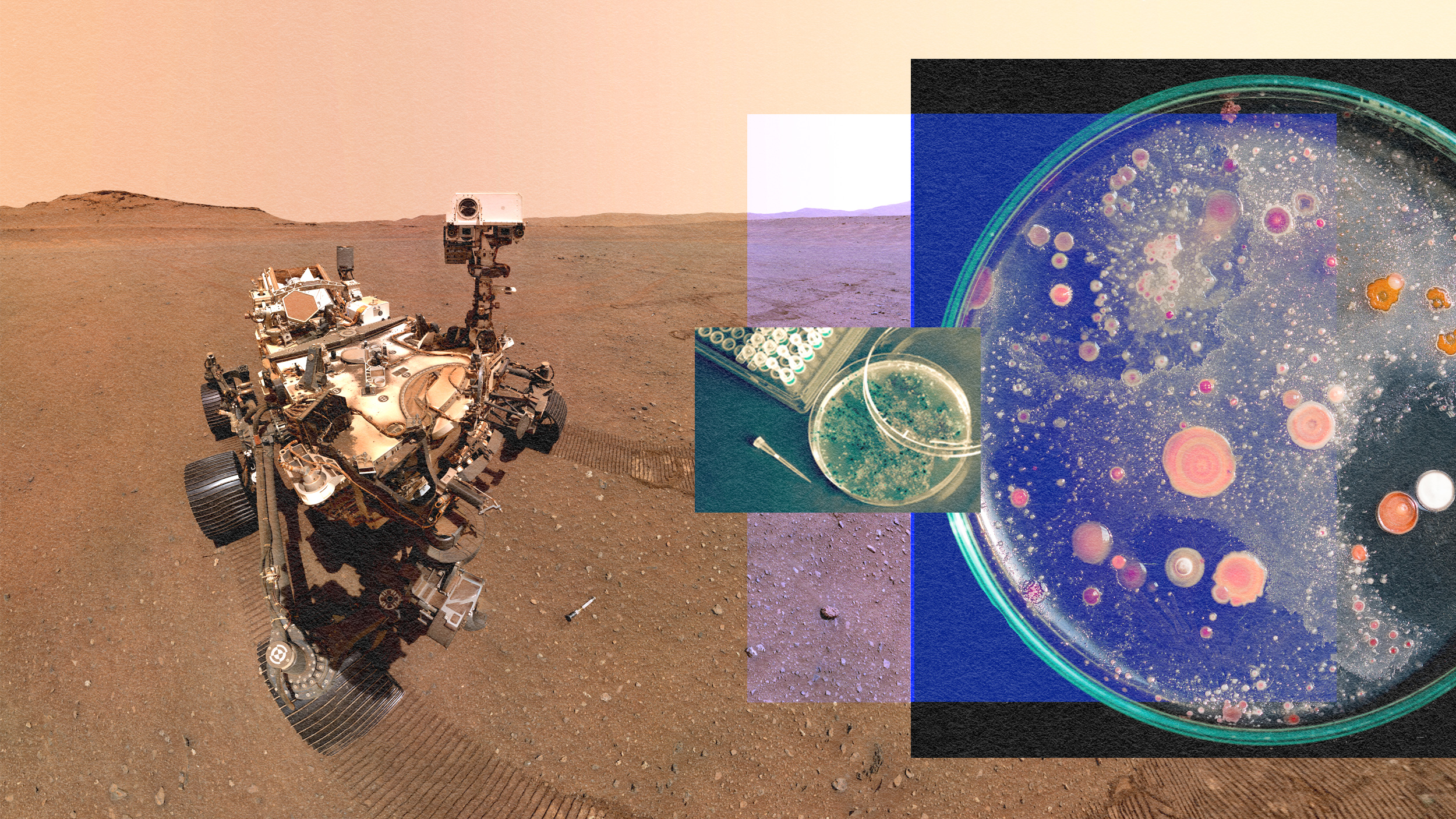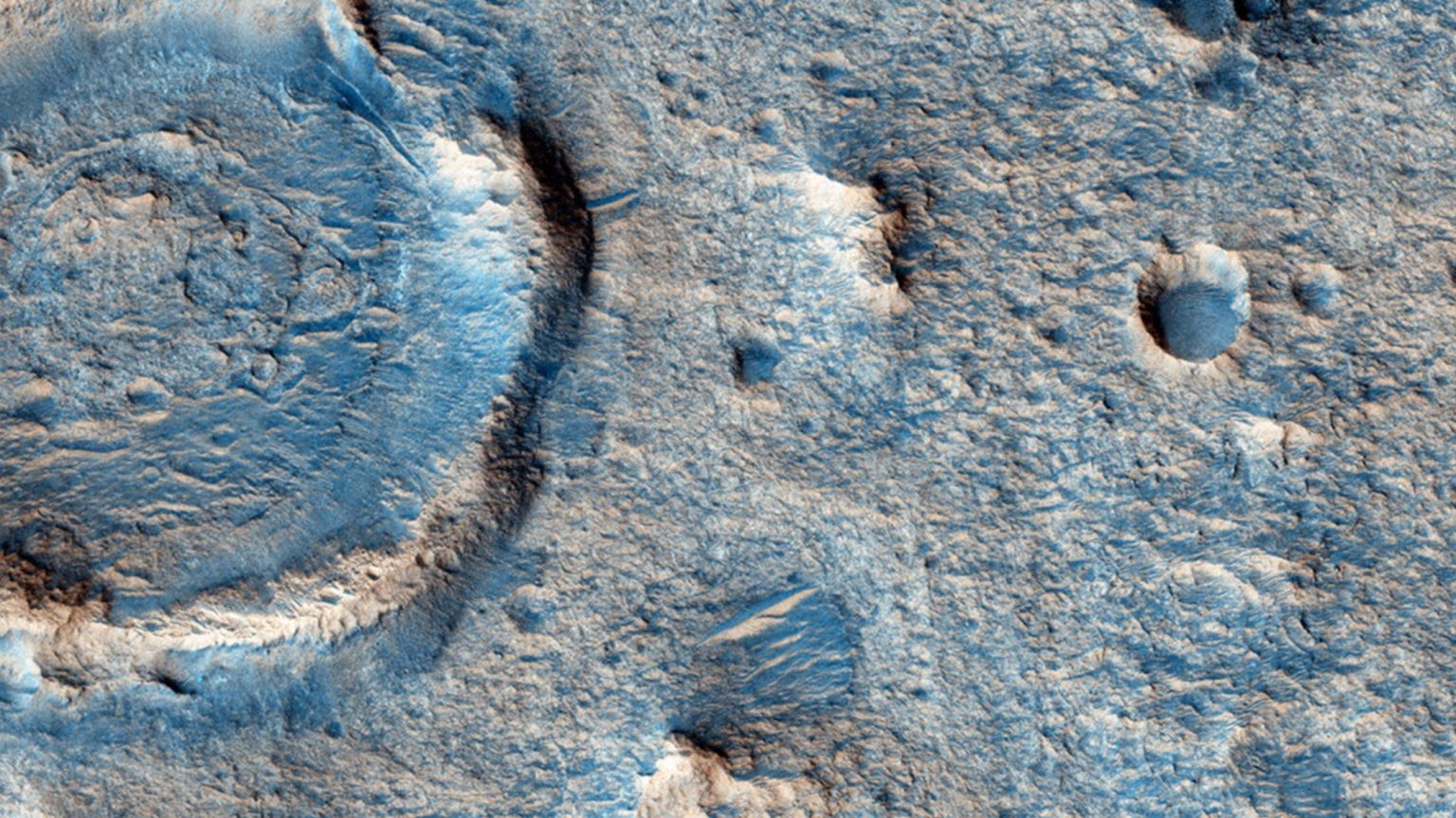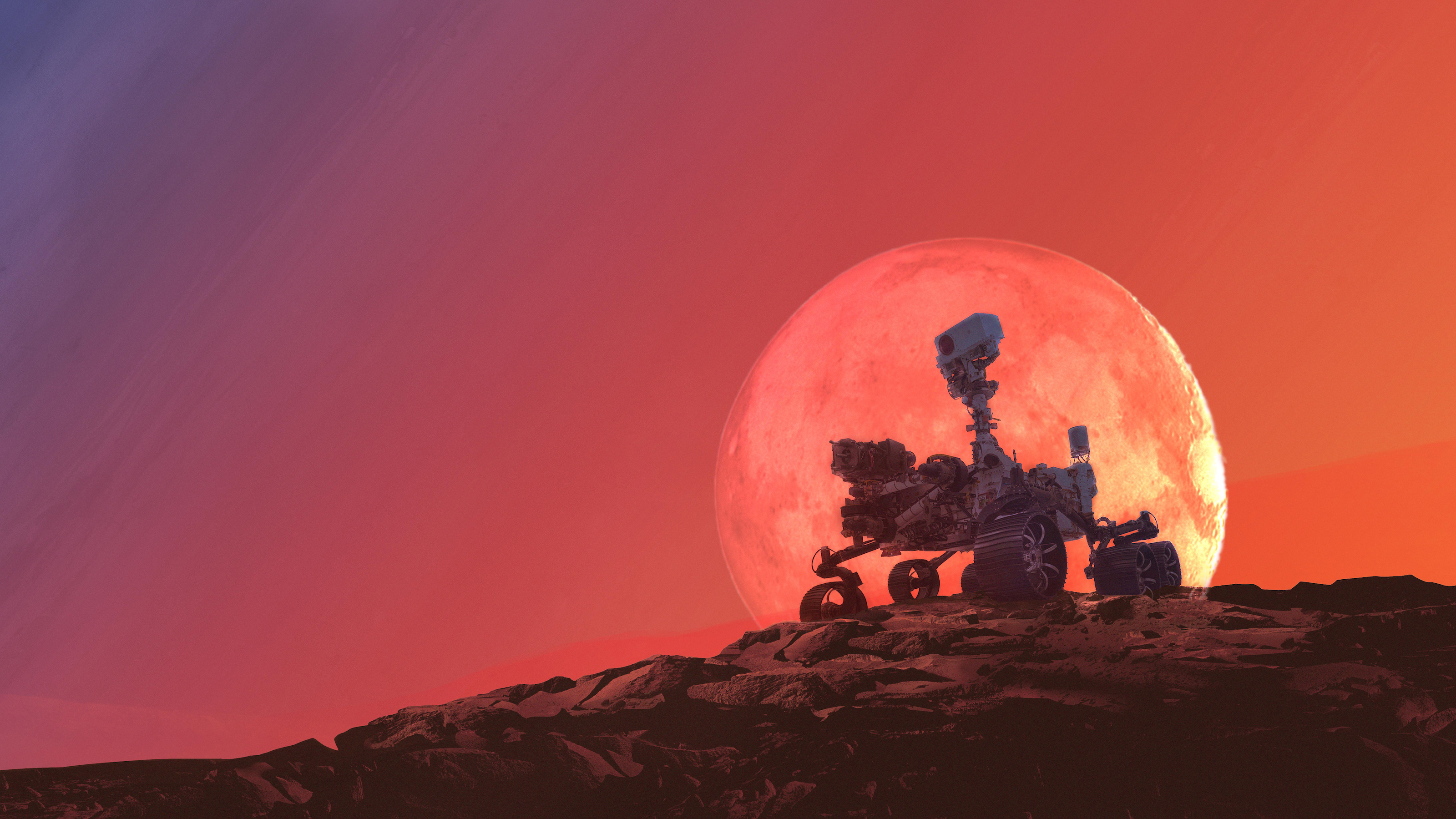NASA’s Curiosity rover has found organic matter and methane on Mars, the space agency announced Thursday. Thefindings were reported in detail in the journal Science.
The organic compounds were found in 3-biliion-year-old soil samples on the red planet. The findings don’t reveal actual life, but the building blocks of life as we know it. They’re vital chemical clues to perhaps future discoveries about Mars and its history.
Writing for Discover magazine, Eric Betz notes that NASA “did not say it had found evidence of alien life. However, these new results are still tantalizing.”
“With these new findings, Mars is telling us to stay the course and keep searching for evidence of life,” Thomas Zurbuchen, associate administrator for the Science Mission Directorate at NASA Headquarters, told CNN. “I’m confident that our ongoing and planned missions will unlock even more breathtaking discoveries on the Red Planet.”
“When you work with something as crazy as a rover on Mars, with the most complex instrument ever sent to space, it seems like we’re doing what may have been perceived earlier as impossible,” lead author Jennifer Eigenbrode, a biogeochemist at NASA Goddard, told National Geographic. “I work with an amazing group of people on Mars, and we have discovered so much.”
“It’s incredibly exciting, because it shows that Mars is an active planet today,” Caltech planetary scientist Bethany Ehlmann, a Mars expert, told National Geographic. “It’s not cold and dead—it’s perhaps hovering right on the edge of habitability.”
In Discover, Betz writes that to learn more, “we’ll need new Mars missions capable of better searching for definitive signs of life. And, thankfully, those spacecraft are already in the works. NASA’s Mars 2020 rover, which will launch in a couple years, is custom-built for this purpose. And the European Space Agency’s ExoMars rover should soon follow with similar aims.”
Eigenbrode digs deeper into the new discovery in this video:





